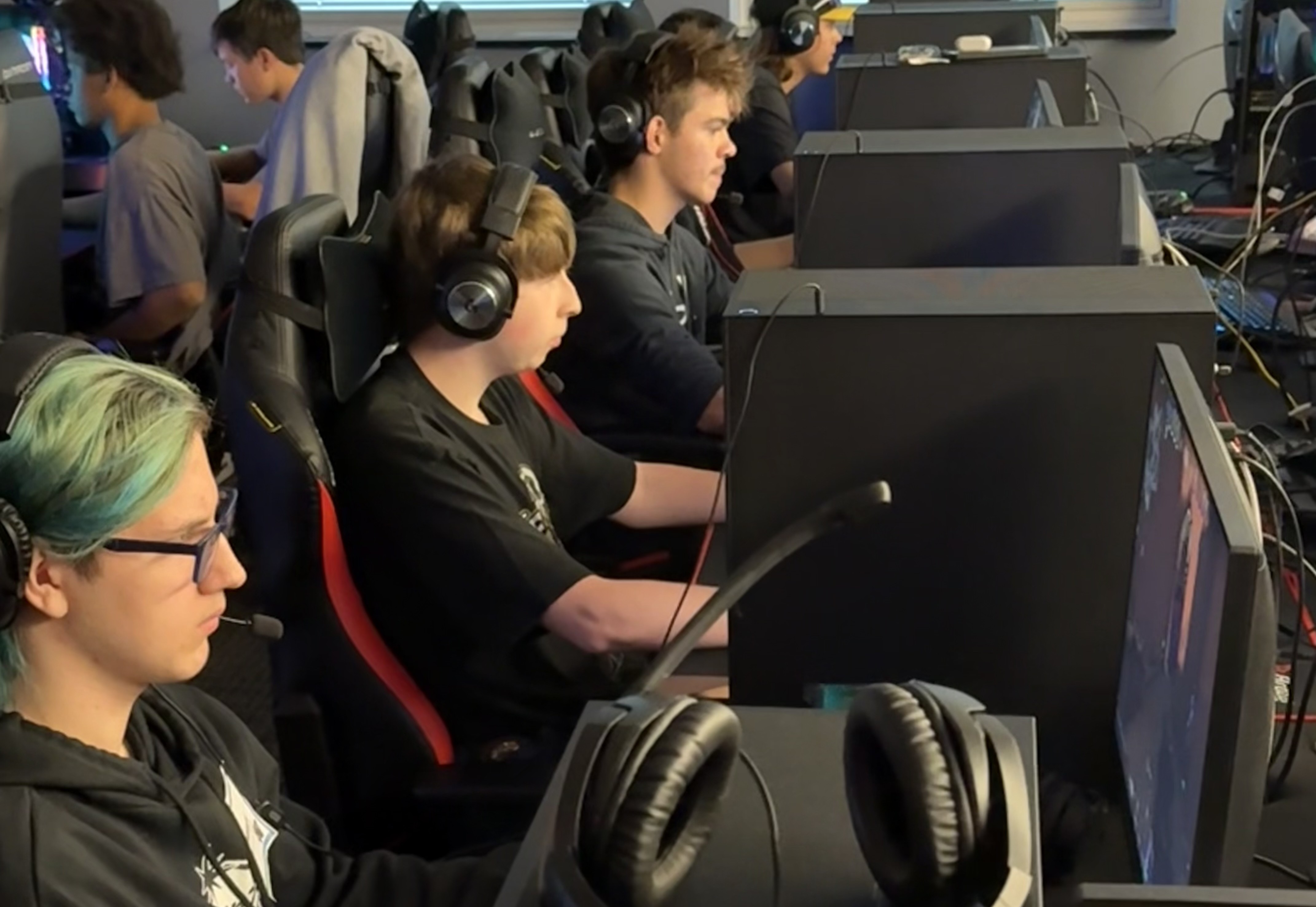Things We Talk About When We Talk About Student Engagement
Conversations with Kevin Hogan: Talking with Brian Shaw, CEO of Discovery Education, on how to identify, measure, and encourage student engagement
Either watch above or listen below.
Discovery Education recently released its second annual Education Insights report, this time focusing on student engagement—a theme I keep hearing increasingly in edtech circles. While the findings reveal universal agreement that engagement is a top predictor of student success—90% of educators, superintendents, and principals recognize its importance—there appears to be significant disconnects on what “engagement” even means.
I had the chance to dig into the details of the report with Brian Shaw, CEO of Discovery Education. He cites several critical gaps: Teachers point to thoughtful questioning as a key engagement indicator, while administrators focus on assessment performance.
Perhaps most striking is the measurement divide: overwhelming majorities of superintendents and principals believe they have the right tools to measure engagement, while only about half of teachers agree.
Some more statistics from the report:
- Engagement is broadly recognized as a key driver of learning and success. 93% of educators surveyed agreed that student engagement is a critical metric for understanding overall achievement, and 99% of superintendents polled believe student engagement is one of the top predictors of success at school. Finally, 92% of students said that engaging lessons make school more enjoyable.
- Educators disagree on the top indicators of engagement. 72% of teachers rated asking thoughtful questions as the strongest indicator of student engagement. However, 54% of superintendents identified performing well on assessments as a top engagement indicator. This is nearly twice as high as teachers, who rank assessments among the lowest indicators of engagement.
- School leaders and teachers disagree on if their schools have systems for measuring engagement. While 99% of superintendents and 88% of principals said their district has an intentional approach for measuring engagement, only 60% of teachers agreed. Further, nearly 1/3 of teachers said that a lack of clear, shared definitions of student engagement is a top challenge to measuring engagement effectively.
- Educators and students differ on their perceptions of engagement levels. While 63% of students agreed with the statement “Students are highly engaged in school,” only 45% of teachers and 51% of principals surveyed agreed with the same statement.
- Students rate their own engagement much higher than their peers. 70% of elementary students perceived themselves as engaged, but only 42% perceived their peers as engaged. 59% of middle school students perceived themselves engaged in learning, but only 36% perceived their peers as engaged. Finally, 61% of high school students perceived themselves as engaged, but only 39% described their peers as engaged.
- Proximity to learning changes impressions of AI. Two-thirds of students believe AI could help them learn faster, yet fewer than half of teachers report using AI themselves to complete tasks. Only 57% of teachers agreed with the statement “I frequently learn about positive ways students are using AI,” while 87% of principals and 98% of superintendents agree. Likewise, only 53% of teachers agreed with the statement “I am excited about the potential for AI to support teaching and learning,” while 83% of principals and 94% of superintendents agreed.
A copy of Education Insights 2025–2026: Fueling Learning Through Engagement can be downloaded here.
Tools and ideas to transform education. Sign up below.
Kevin Hogan is a forward-thinking media executive with more than 25 years of experience building brands and audiences online, in print, and face-to-face. Kevin has been reporting on education technology for more than 20 years. Previously, he was Editor-at-Large at eSchool News and Managing Director of Content for Tech & Learning.
